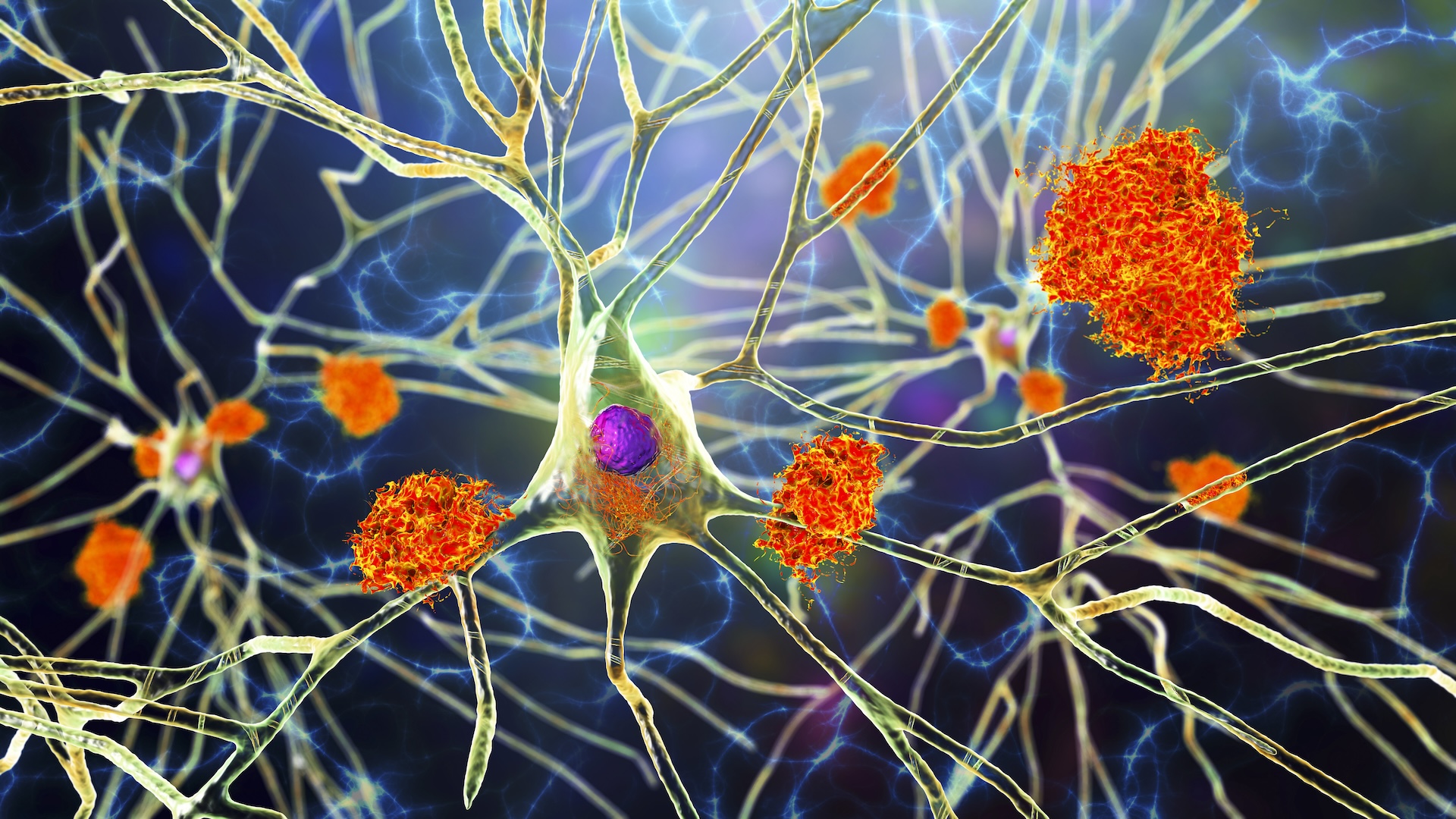Humans May Have 'Magnetic' Sixth Sense

Humans may have a sixth sense after all, suggests a new study finding that a protein in the human retina, when placed into fruit flies, has the ability to detect magnetic fields.
The researchers caution that the results suggest this human protein has the capability to work as a magnetosensor; however, whether or not humans use it in that way is not known.
"It poses the question, 'maybe we should rethink about this sixth sense,'" Steven Reppert, of the University of Massachusetts Medical School, told LiveScience. "It is thought to be very important for how animals migrate. Perhaps this protein is also fulfilling an important function for sensing magnetic fields in humans."
Past research has suggested that in addition to helping animals such as sea turtles and migratory birds navigate, the ability to detect magnetic fields could help with visual spatial perception. Reppert said to picture a magnetic-field coordinate system overlaid on objects we view. [7 Amazing Superhuman Abilities]
"It may aid how animals perceive how objects are in time and space in a way we haven't thought about before," said Reppert, who is a neurobiologist.
Animals' magnetic sense is thought to rely on special proteins called cryptochromes, which are also found in the human retina. While past behavioral research has suggested humans can't sense magnetic fields, with studies showing such a capability remaining controversial, there is evidence that geomagnetism affects the light system in our eyes.
To see if humans perhaps possessed this other sense, Reppert and his colleagues tested wild fruit flies, with their cryptochromes intact, and those that had their own cryptochromes replaced with the human version of the protein.
Sign up for the Live Science daily newsletter now
Get the world’s most fascinating discoveries delivered straight to your inbox.
They placed the fruit flies into a T-shaped maze, with each arm equipped with a coil wrapped in such a way that when a current was sent through it, the coil became magnetized. The team varied which side was magnetized and its strength, which went up to eight times that of Earth's magnetic field.
The flies with the human cryptochromes showed sensitivity to the magnetic fields — either avoiding them as they might naturally do if not acclimated to the magnetism, or showing a preference for the magnetized arm of the maze when trained with sugar rewards to go toward the magnetic field.
The human protein only worked in the blue range of light, the researchers found.
The research is detailed in the June 21 issue of the journal Nature Communications.
Follow LiveScience for the latest in science news and discoveries on Twitter @livescience and on Facebook.
Jeanna Bryner is managing editor of Scientific American. Previously she was editor in chief of Live Science and, prior to that, an editor at Scholastic's Science World magazine. Bryner has an English degree from Salisbury University, a master's degree in biogeochemistry and environmental sciences from the University of Maryland and a graduate science journalism degree from New York University. She has worked as a biologist in Florida, where she monitored wetlands and did field surveys for endangered species, including the gorgeous Florida Scrub Jay. She also received an ocean sciences journalism fellowship from the Woods Hole Oceanographic Institution. She is a firm believer that science is for everyone and that just about everything can be viewed through the lens of science.
